As all flute teachers know, there is no such thing as the perfect tutor book. We all tend to stick to our favourites and usually work round their problems as we come to them. However, some of the less familiar books on offer can present at least a solution to those difficulties and often bring a welcome change of scene.
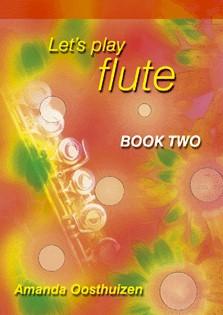
Amanda Oosthuizen’s series of books ‘Let’s Play Flute’ is great if you are in need of extra material at the very early stages. Here a few notes are made to work very hard, with Book One covering just F to C. There’s plenty to do though: games reinforce elements such as rhythm and composing, and information pages and progress tests pad out the playing still further. The Introduction is very informative and although this would appear to be expensive for the content, in some situations it’s worth its weight in gold!
Play-it-again! by Hilary Taggart is great value, with over 100 tunes to work on. Tutors usually start with illustrations of some kind and here the line drawings are very clear. The pace is quite sedate, with quavers not being introduced until after middle D has been mastered. The explanation of how to produce the middle register is excellent and the material is kept very manageable. There’s even a short exercise for octaves. The extra supplement includes accompaniment and duet parts, and the book also works very well alone.
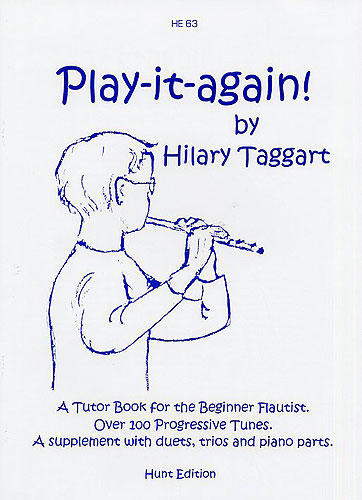
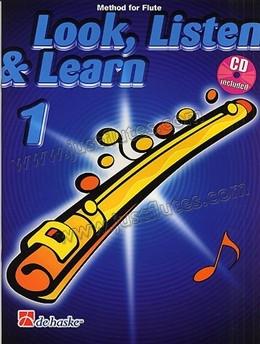
If you are after a book that includes backing tracks to aid with practice, the series Look, Listen and Learn edited by Philip Sparke is definitely worth a look. Again the illustrations are very good, with Doctor Checkup helping throughout. There’s plenty of aural activity included – clapping exercises, completing the tune, echo exercises and improvising all add an extra dimension to the learning process. The Downloadable backing tracks are useful!
Robert Winn is another highly regarded flute teacher, and his book AMA Flute 2000 is excellent material. The tunes are sometimes a little conventional (the section headed ‘modern’ includes ‘Oh When the Saints’!) but the progress is fast and, as you would expect from Robert Winn, the grounding is thorough. The photos are in full colour and I really like the Daily Breathing Exercises, illustrated by cartoon-like figures. Again the CD is excellent.
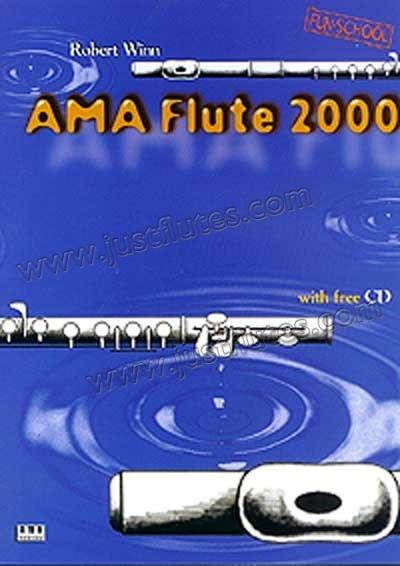
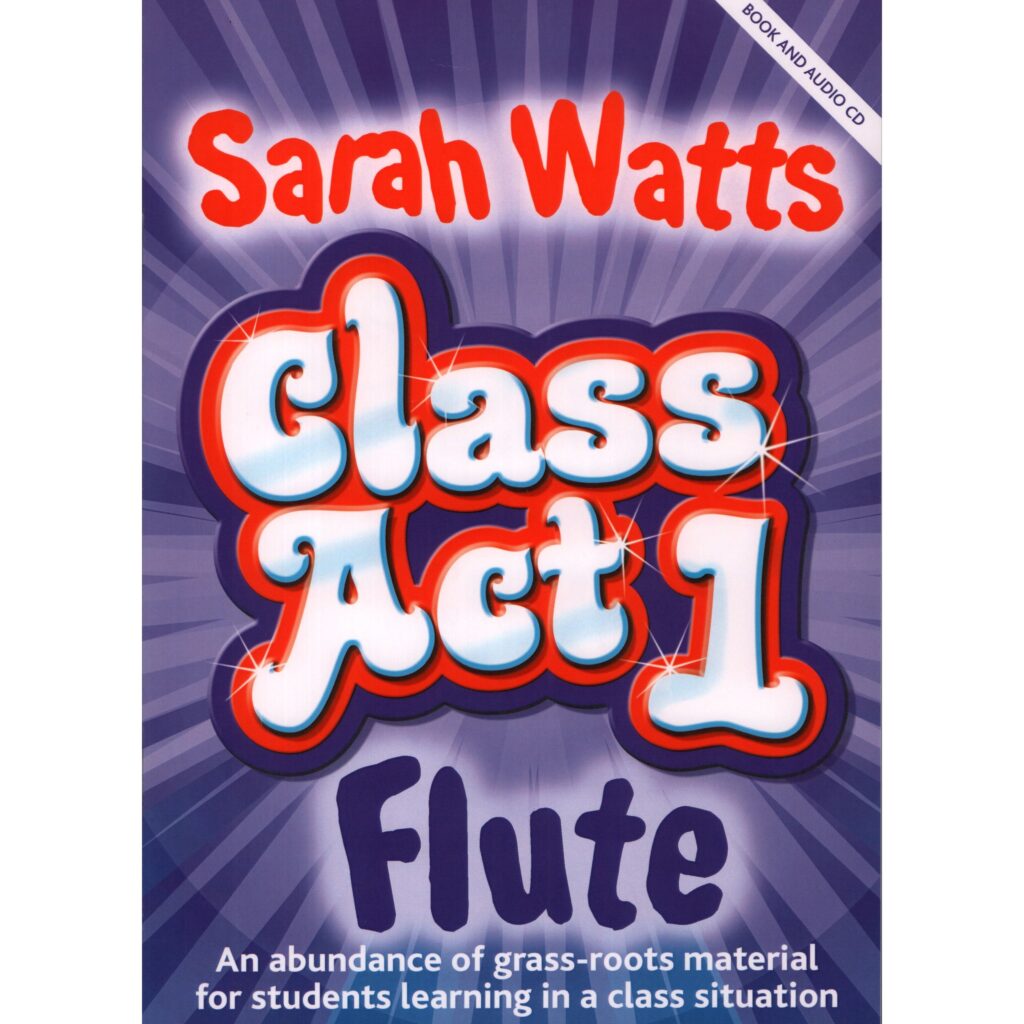
Class Act by the impressive Sarah Watts also uses the backing tracks as a central part of the learning process to encourage listening and improvisation skills within the group. Only one note is introduced at a time, there is a tie-in with Razzamajazz and there are some easy ensemble pieces to test progress. Also linked to the National Curriculum, this is more of a specialist book for flute players with the second volume progressing fairly swiftly.
Do beginner adults need specialist repertoire? Heather Hammond’s Play Flute! A Course for Adult Beginners thinks you do. This is a book for someone starting out with little or no prior knowledge of reading music and it manages to introduce the basics with a minimum of fuss. The information is clearly laid out, with some reading activities and listening exercises using the two accompanying CDs. The material in each of the nine stages is covered thoroughly and middle D is the last note to be learned. This is a ‘no-nonsense’ approach to learning the flute and might be appropriate for some non-adults as well!
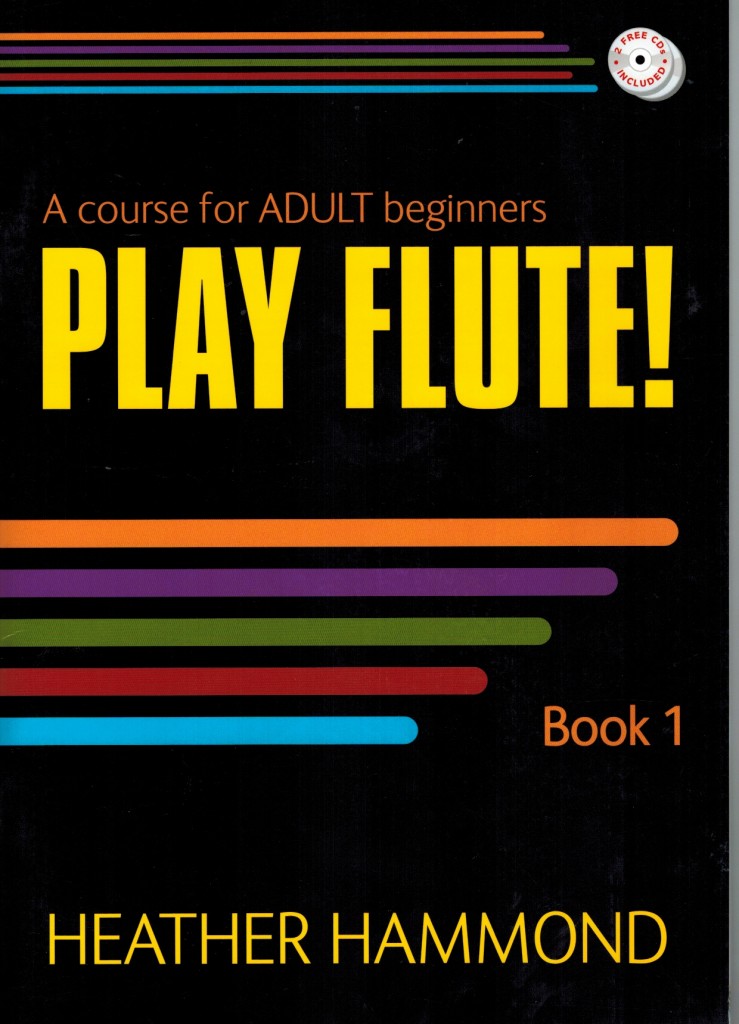
The above books are just a few of the flute tutor books available from Just Flutes – if you’re looking for some fresh inspiration, browse our website now!
